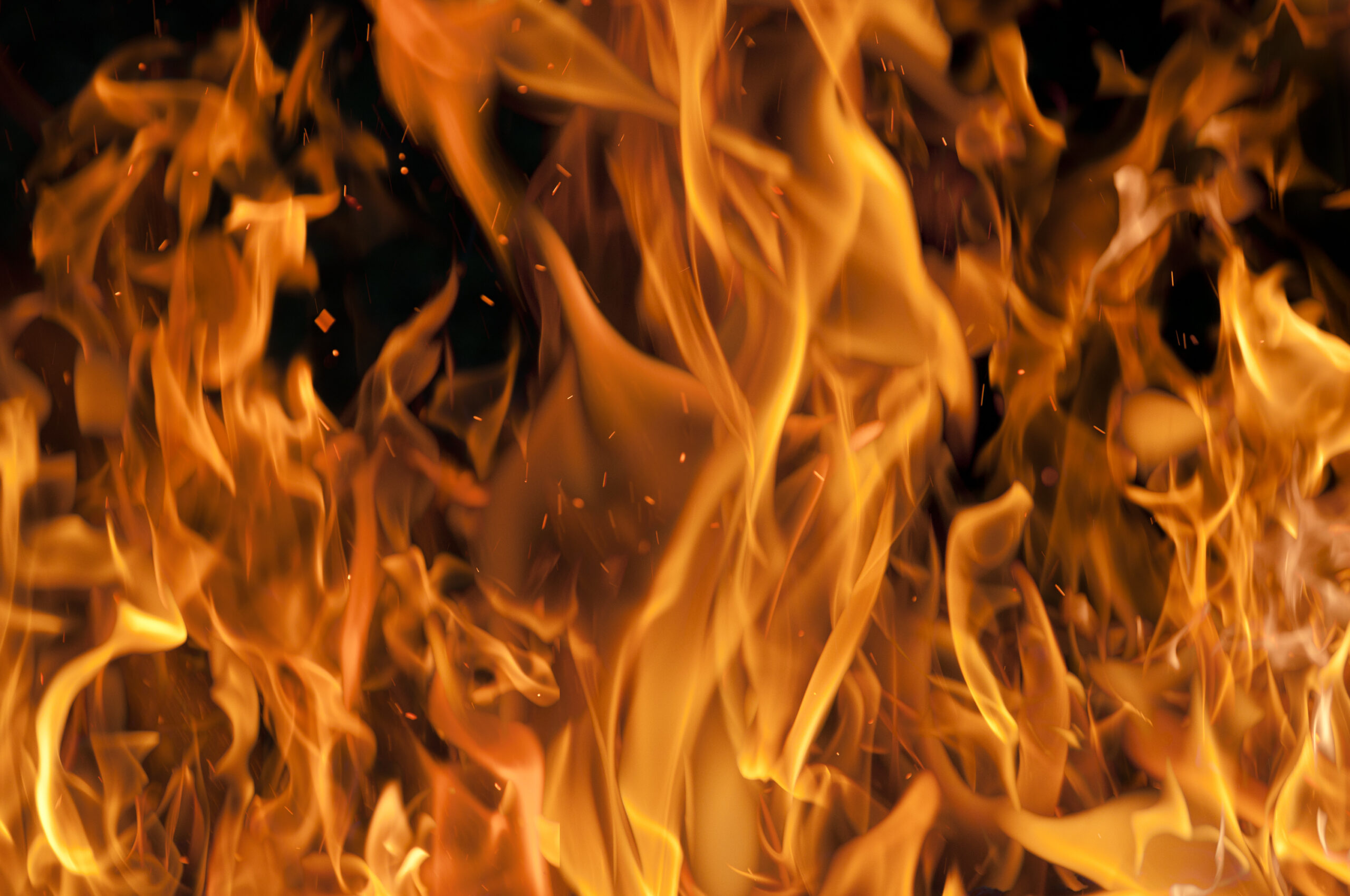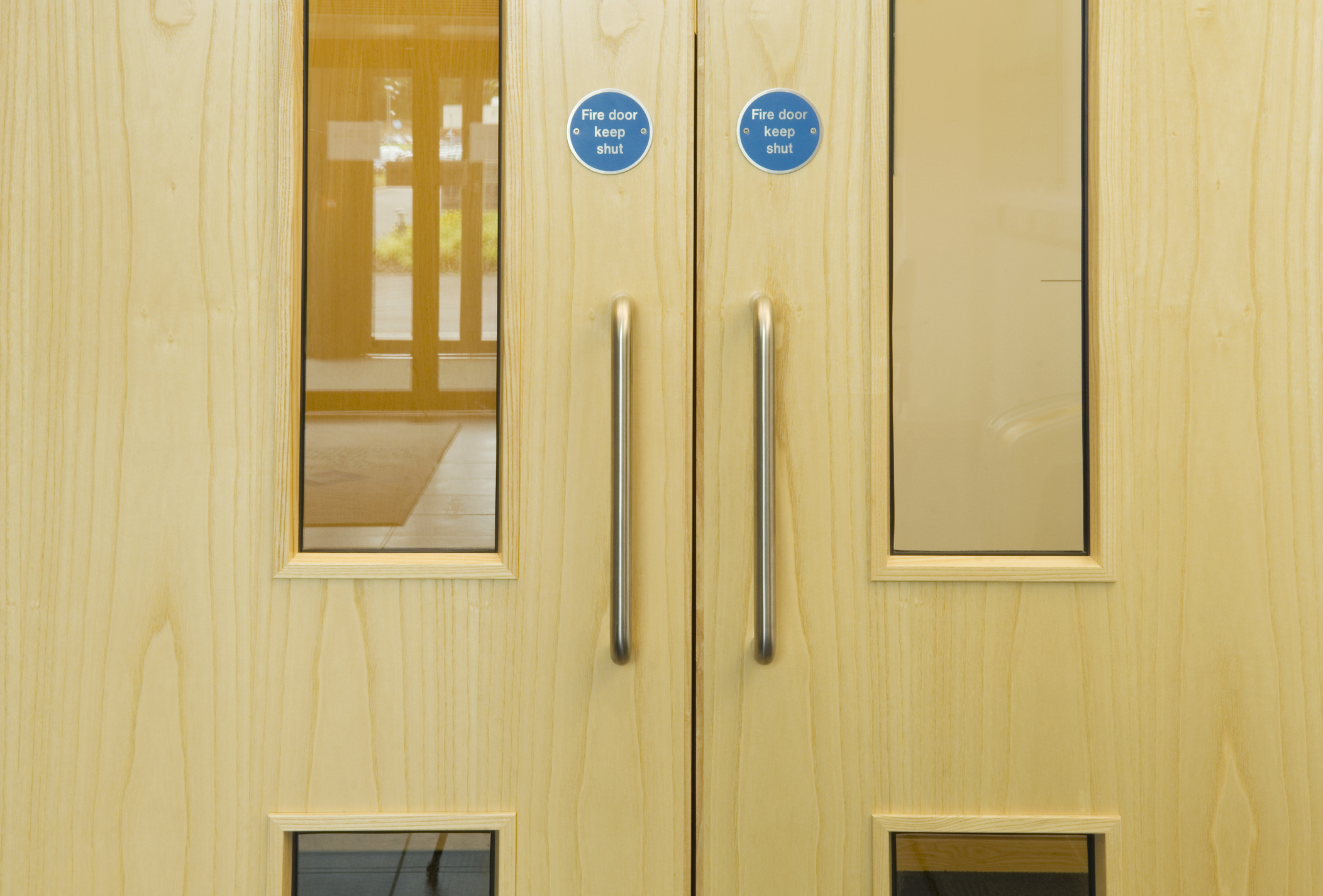
How to Prevent Fire from Spreading: Passive Fire Protection Measures
Fire prevention and containment is a core safety component for all types of buildings, from residential properties to commercial spaces. Fires can cause devastating damage to property, the environment, and most tragically, result in loss of life. Passive fire protection measures help in preventing the spread of fire within buildings and structures, helping to mitigate the damage caused. Unlike active fire protection systems, like sprinklers and alarms, passive fire protection is designed to contain fires or slow their spread without human intervention. In this article, we’re going to learn how to prevent fire from spreading by adopting passive fire protection measures.
Understanding Passive Fire Protection Measures
Passive fire protection (PFP) involves the use of building materials and design techniques to contain fires or slow the spread of fire and smoke. These measures are built into the structure of a building and are always ‘passive’, meaning they do not require activation to function. PFP is distinct from active fire protection, which includes systems that require some form of action, such as fire extinguishers.
Fire Doors: Essential Components in Containment
Fire doors are vital in preventing the spread of fire and smoke between different sections of a building. These doors are specially constructed to withstand fire for a certain period, typically rated for their resistance in minutes or hours. Various types of fire doors, such as wooden, metal, and glass, offer different levels of protection. The effectiveness of fire doors heavily depends on proper installation and ongoing maintenance, including ensuring that they close correctly and that their fire-resistant seals are intact.
Fire Cavity Barriers: Limiting Vertical Fire Spread
Fire cavity barriers aid in limiting the vertical spread of fire within concealed spaces in buildings, such as voids in walls and floors. These barriers are made from fire-resistant materials and are strategically installed in key locations to prevent the passage of fire and smoke. Compliance with installation guidelines and regular maintenance are essential to ensure their effectiveness.
Fire Barriers: Containment Within Structures
Fire barriers, such as fire-rated walls and floors, work by subdividing a building into sections to prevent the spread of fire. These barriers are made from various materials, including gypsum and concrete, and are designed to withstand fire for a specified time. The selection and placement of fire barriers depend on the building’s design and its specific fire protection requirements.
Fire Curtains: Dynamic Fire Containment Solutions
Fire curtains are dynamic systems used to prevent the spread of fire and smoke without compromising the architectural design of a building. These curtains are typically made from fire-resistant fabrics such as Kevlar and deploy automatically in the event of a fire. They offer flexibility in design and are beneficial in spaces where traditional fire barriers are not feasible. However, their implementation requires careful consideration of deployment mechanisms and regular maintenance checks.
Fire-Rated Partitions: Dividing Spaces for Safety
Fire-rated partitions are used to divide spaces within buildings. These partitions are constructed from materials such as fire-rated glass, steel, and plasterboard, meeting specific fire resistance criteria. The construction and installation of these partitions must adhere to stringent standards to ensure their effectiveness in a fire situation.
Intumescent Coatings: Enhancing Fire Resistance
Intumescent coatings swell when exposed to high temperatures, forming a charred layer that insulates the material beneath from the fire. Applied to structural elements like steel beams and columns, these coatings play a significant role in maintaining the structural integrity of a building during a fire. The application method, type of coating, and the environment in which it is used determine its effectiveness and longevity.
Integrated Approach and Complementary Use of Measures
An integrated approach, combining various passive fire protection measures, is particularly effective in creating a comprehensive fire protection strategy. This approach involves the synergistic use of fire doors, barriers, curtains, partitions, and coatings to create a robust defence against the spread of fire. Each component plays a unique role, and their combined use ensures a higher level of safety and protection.
To Conclude
Compliance with building codes and regulations is another core element in implementing passive fire protection measures. Regular inspections and maintenance are necessary to ensure these systems function effectively when needed. Investing in passive fire protection is not only a regulatory requirement but a big step towards safeguarding lives, property, and the environment from the ravages of fire.
Get in touch to learn how we can help with your next fire protection project
Join over 1,000 UK businesses who have already had Fire Protection installed by Ark Fire Protection.




